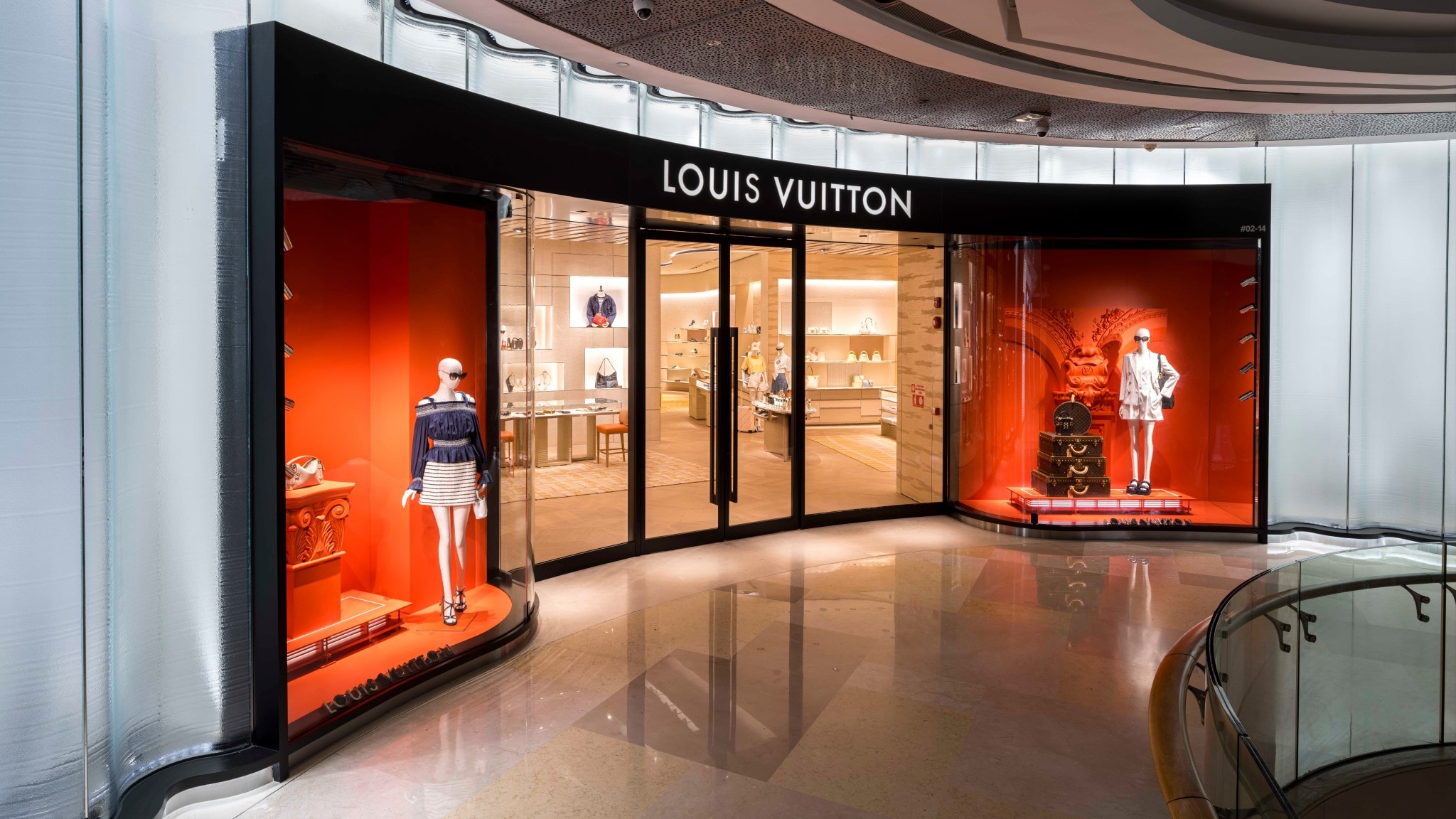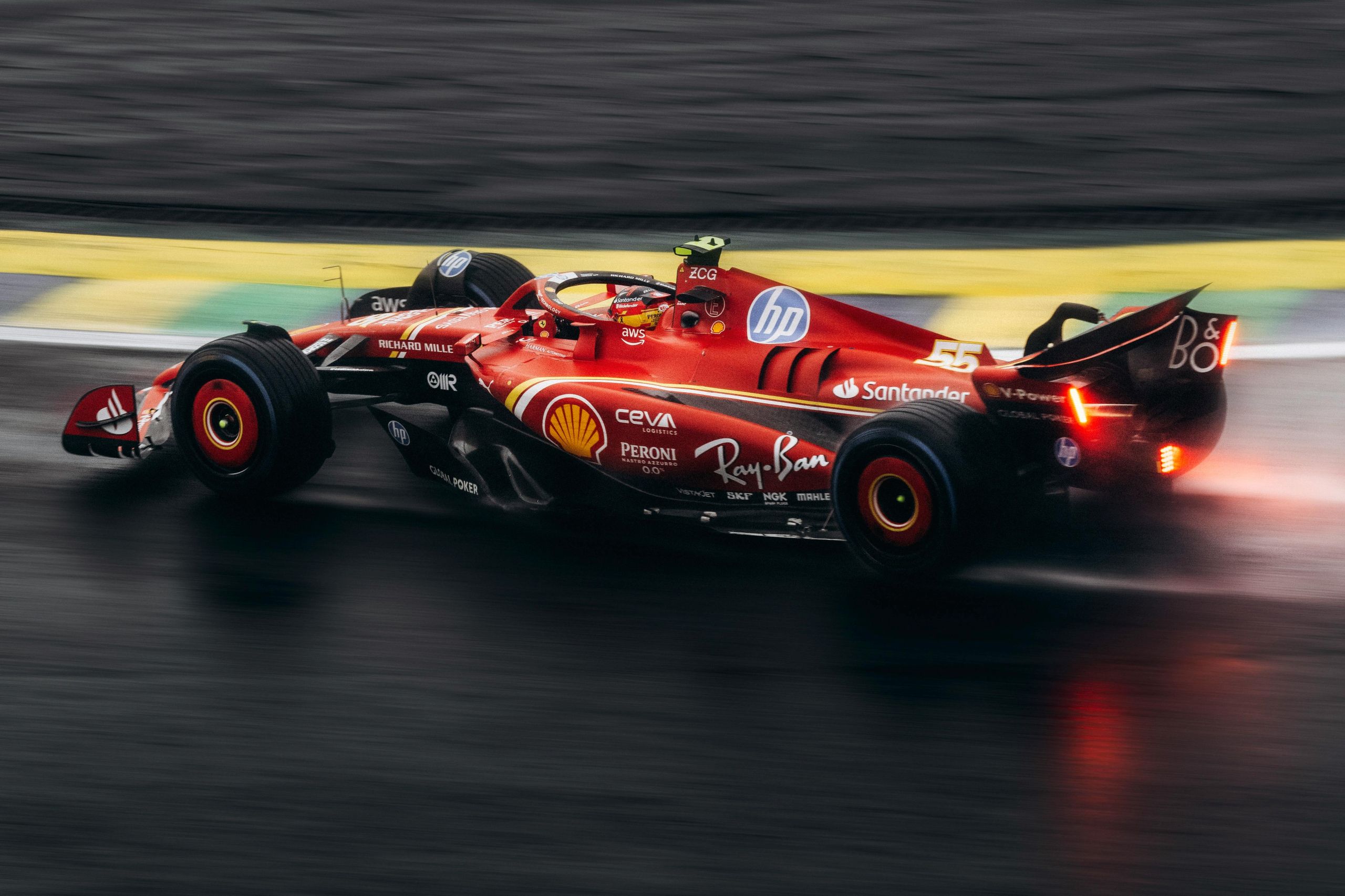
High-end boutique hotels are one segment of the luxury hospitality industry that has shown particular initiative in pursuing inventive collaborations.
High-end boutique hotels are one segment of the luxury hospitality industry that has shown particular initiative in pursuing inventive collaborations.
NEW YORK – Advertising is the most time-honoured method of building a business, and while budgets may be at record lows, marketing efforts should not cease altogether. The most creative below-the-line marketing efforts involve collaborations between two service providers who have carved out an independent profile within their respective fields, and have joined forces to create a unique product or service to mutually enhance both their brand appeal and bottom line.
High-end boutique hotels are one segment of the luxury hospitality industry that has shown particular initiative in pursuing inventive collaborations, despite their industry having been intensely hard-hit, with occupancy rates plunging and with painful staff layoffs. However, the most progressive destination hotels don’t place an exclusive premium on cost-cutting. As part of their survival strategy, they’re equally interested in generating unique customer service solutions, and collaborations count among the most effective weapons in their arsenal.
Luxury hotels and fashion brands: a natural match
One of the most popular sectors to form a collaboration with hospitality is fashion. As fashion continues to increase its influence on mainstream culture via television shows, celebrity endorsements and mass-market designer diffusion lines, it delivers an immediate infusion of glamour and sophistication to even the most quotidian of projects.
The iconic St. Regis Hotel in New York hardly suffers for a lack of such qualities. Instead, its partnership with Bottega Veneta to develop a bespoke luxury suite was intended to extend its existing brand identity as a classical luxury hotel in a more modern direction.
It’s telling that the hotel chose a fashion house with a strong history of hand-craftsmanship and discreet luxury. Designed by Tomas Maier, the 1700 sq. foot suite, which runs at $6500-7500 a night for 1 or 2 bedrooms, features the brand’s signature neutral palette, a variety of natural materials including limestone, leather, wool, and suede, as well as a mixture of furniture from BV’s collection with existing St. Regis’ Louis XVI-style pieces, re-upholstered in velvet and ultra-suede.
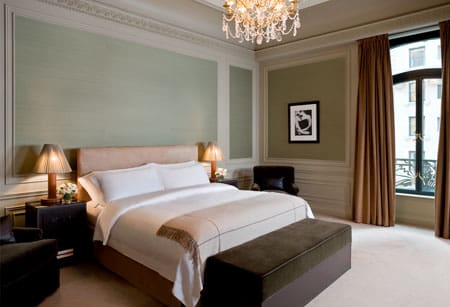
Bottega Veneta Suite at The St. Regis, New York
On a practical level, the suite provides a contemporary counterpoint to the hotel’s old-world style, offering guests an expanded range of room styles; but even more significant, the hotel can lay claim to an aesthetic and philosophical affinity with one of the world’s most lauded luxury brands. The project also made economic sense. Having already decided to renovate the suite, the hotel chose to direct that budget into the collaboration with Bottega Veneta – one can imagine how much added value was obtained by pursuing this project, as opposed to an unbranded renovation.
Another popular task in which hotels often enlist the help of fashion houses is in uniform design. A number of savvy properties have hired designers to create bespoke ensembles for front-of-house staff. At Alex Calderwood’s New York outpost of the Ace Hotel, opening this Spring, a veritable army of designers and brands are involved in shaping the staff’s image: custom All-Stars come courtesy of Converse, Tretorn provides the bellmen’s boots, Levi’s supplies all denim, pea coats from Spiewak keep the staff warm, and Surface to Air tie pins add a dandy touch (to name but a few).
For the Thompson Group of Hotels, Rag&Bone; did the uniforms at 6 Columbus, Steven Alan designed uniforms at Gild Hall, and Rachel Zoe and Jenni Kayne handled the uniforms for Thompson Beverly Hills. These collaborations are the easiest (and least expensive) ways to add a stylish, media-friendly angle to any hotel that seeks to market itself as on-trend, but they aren’t made without careful consideration.
Stephen Brandman, co-owner of Thompson Hotels, is only interested in tie-ups with “luxury vendors […] that help define the spirit of Thompson Hotels. Partnership is looked at individually and we try to find [partners] that are either unique or help individualise the property in its location.” This idea of site-specificity is essential to a successful collaboration, as each case needs to be approached anew and tailored to specific circumstances – what works at a trendy New York boutique hotel on the Lower East Side won’t automatically translate into a posh West Coast setting.
Luxury hotels and technology brands: reaching a new target
The involvement of fashion houses in these cross-category initiatives comes as little surprise – the industry has managed to engage in many diverse spheres including the automotive, music and art sectors. But out-of-the-box pairings in luxury hospitality also stretches to more esoteric territory, such as technology and media companies.
At the Gansevoort South in Miami, a specialty suite developed in collaboration with Sony targets men who can’t get enough of high-tech gadgetry. It’s an unusual niche to cater to – generally most hotel collaborations tend to focus on women, as manifested by the fields of fashion, spas, design and lifestyle – but devoting some special attention to a group that constitutes about half of the buying public is an intelligent, not to mention overdue, idea.
The 3,600 sq. ft. Gansevoort-Sony suite features a TZ VAIO computer, four Sony 40” BRAVIA LCD Hi-Definition flat-screen televisions, an HD Camcorder, a Cyber-shot digital camera, a Rolly MP3 Player, a Reader Digital Book, a Video MP3 player, OLED 11” TV, digital photo printer and digital photo frame. While indulging their inner fifteen-year old, guests can take advantage of two master bedrooms, two living rooms, an entertainment room, and two fully furnished balconies with panoramic ocean views, adorned with Andy Warhol prints and an elaborate Swarovski chandelier.
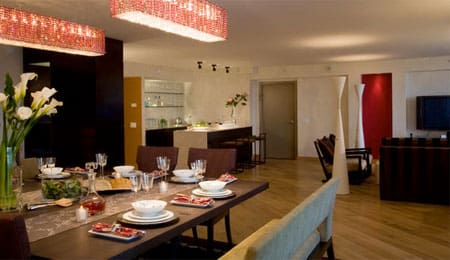
The Sony Cierge Suite Living Room at Gansevoort South in Miami
In essence, the suite is an oversized bachelor pad cum playground. Though the number of clients willing to pony up $6,500 per night for such specific pleasures might be relatively small, the suite goes a long way in defining the hotel’s USP: a light-hearted oasis of masculinity that doesn’t take itself, or the idea of luxury, too seriously, yet is dead-set on engineering an entertaining and gratifying experience for its guests.
The benefit to Sony is clear as the blue-chip brand is able to co-opt the Gansevoort’s youthful energy. Elon Kenchington, the COO of the Gansevoort Hotel Group, articulates the hotel’s rationale behind pursuing the specialty suite: “From Gansevoort South’s standpoint… Sony’s brand is recognised worldwide for its innovation and quality, so the partnership creates high visibility and positive buzz — both externally and with our clientele — for both of us. Specifically, Gansevoort was looking to the partnership to increase the brand’s footprint, tap into a new audience, create marketing opportunities to drive bookings and lay the foundation for additional programs between the two brands.”
While neither company would comment on the specifics of the deal’s financial terms, Amy Berman, the head of Sony Cierge, an invitation-only program that allows members insider access to personal service and special events, confirms that their agreement combined purchased pieces with loaned equipment. This affords them with the flexibility to constantly offer the suite’s occupants the most technologically up-to-date options. From this, it would seem that profit potential wasn’t the primary motivation. Rather, the collaboration functions as a way to differentiate the hotel’s identity from its market competitors in a city saturated with properties vying for patronage from the same group of sophisticated, young professionals.
Bergdorf Goodman and The Berkeley: collaborating the other way around
Collaboration with hospitality providers can flow in the opposite direction as well, as in the recent pairing between the Berkeley hotel and Bergdorf Goodman The iconic London property brought its famous Prêt-a-Portea afternoon tea service across the Atlantic during New York Fashion Week, customising it to inspirations provided by Bergdorf Goodman’s Linda Fargo and Roopal Patel.
The idea behind the tea service is to interpret runway styles into dainty confections, and in the Bergdorf version, specific designs from Michael Kors, Chanel, Christian Louboutin, 3.1 Phillip Lim, Thakoon, Marchesa and Oscar de la Renta, were adapted into edible delights ranging from a Chanel quilted handbag petit four, to a sparkling Louboutin stiletto cookie, to a Kors Regatta dress reinterpreted in airy mousse.
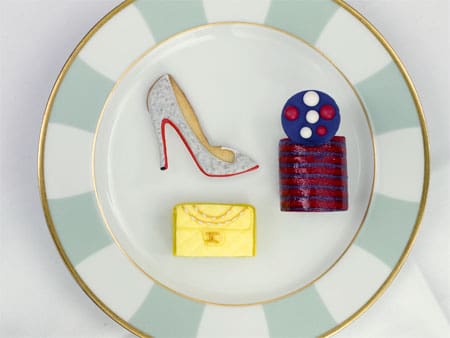
Prêt-a-Portea, a collaboration between the Berkeley Hotel and Bergdorf Goodman’s fashion directors
The deal did not require that any money change hands, since the brands involved saw the mutual benefit in joining forces. Bergdorf’s customers enjoyed the added-value to their shopping experience and one might fathom how the tea service could whet appetites to purchase the original sources of inspiration.
For its part, the Berkeley was able to make a unique impression on tourists, an important target market and a good match for its preferred guest demographic: well-to-do Uptowners with a surplus of disposable income, even in this economy. The pairing also enabled the partners to maximise their shared media contacts, generating coverage (i.e. free advertising) in Vanity Fair, The New York Times and W, amongst others.
Implications and the way forward
When the financial tide finally does begin to turn, it will happen as a result of industrious effort on the part of entrepreneurs who continue to forge ahead despite the gloomy forecast, finding innovative ways to showcase their strengths and to get their message out.
The principal value of collaborative projects is their role in distinguishing the individuality of the brands involved in the minds of potential guests. The market doesn’t need a suite full of woven leather Bottega poufs or Sony gadgetry. Although the majority of guests will never occupy these rooms, they nevertheless participate in their aura of cool by proxy. When successful, tie-ups transcend the idea of a hotel as a bare-bones place to park yourself overnight in a strange city, turning the property into a destination unto itself. And although tourism is suffering, people still need to travel, and hotels that are able to provide a more individual, satisfying sense of refuge are poised to profit the most.
The strongest hospitality collaborations have a synergistic effect, importing or exporting elements that provide a point of contrast that enhances the property’s existing identity — a series of pleasant surprises that reveals an unexpected side of the hotel. To this end, efforts to bring together disparate brands that share similar core luxury values, such as the St. Regis and Bottega, have the most impact. Partnerships between brands with similar profiles don’t stand out, defeating the entire aim of attracting attention. Examples of these kinds of diluted initiatives are rampant across the middle of the market, but generally 5-star hotels are already heavily invested in their premium image, and thus seek out partners accordingly.
What’s more, consumers need new and convincing reasons to continue spending. When compared to traditional advertising, collaborations can be more affordable and effective from both budgetary and strategic standpoints. Collaborations need to be fine-tuned to match each hotel’s particular target demographic, but all can benefit from a shared priority that goes beyond the individual customer profiles: implementing ideas that have an innovative but relevant editorial angle.
A 1/4 page ad in W, for instance, runs at approximately $40,000, but the resulting editorial coverage from the Berkeley- Bergdorf’s pairing generated almost the equivalent amount of page space in a number of major titles. Simply by customising a pre-existing concept and executing it in a new market, both parties benefited, from a marketing standpoint, furthermore generating customer excitement, customer loyalty and actual revenue.
Collaborations with the luxury hotel sector are not yet so clichéd that editors can take them for granted (though within 2 to 3 years they may be, and at that point marketing experts will have to go back to the drawing board and come up with some fresher ideas). Magazines, after all, are in constant need of new content. With regard to hotels, there needs to be a clear service angle that has the power to surprise and seduce potential guests and the gatekeepers of media coverage.
Perhaps the best yardstick then, when contemplating a luxury hospitality collaboration, is whether it heightens reality in an exciting and pleasurable way – in its essence, travel is all about experiencing a realistic fiction, and collaborations are an important tool in hoteliers’ efforts to give lie to the notion that there’s no place like home.
Sameer Reddy, Editor-at-Large









